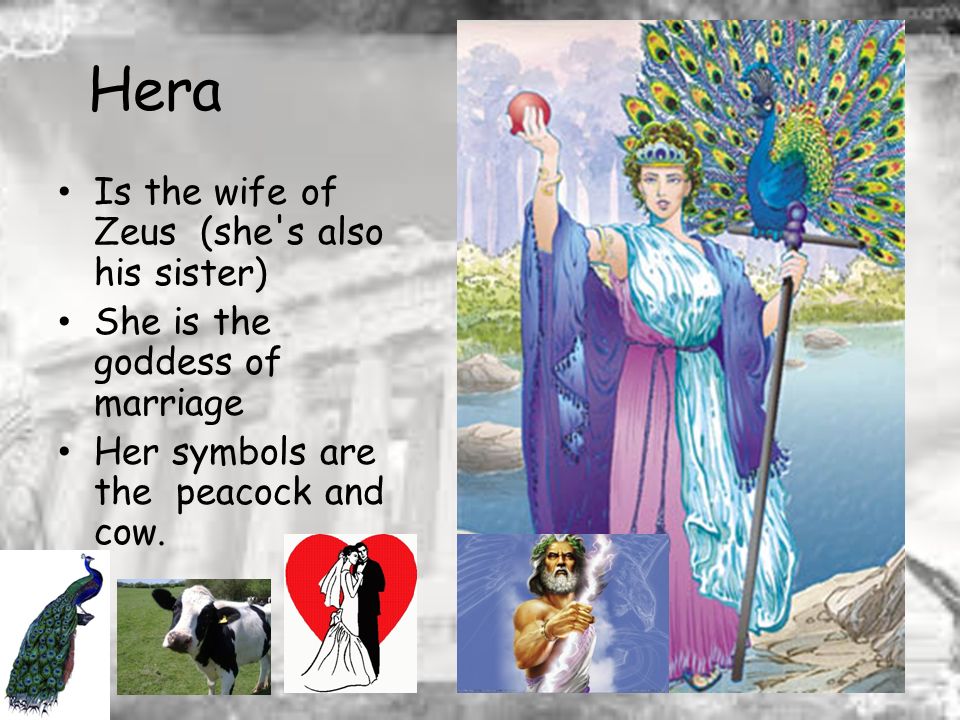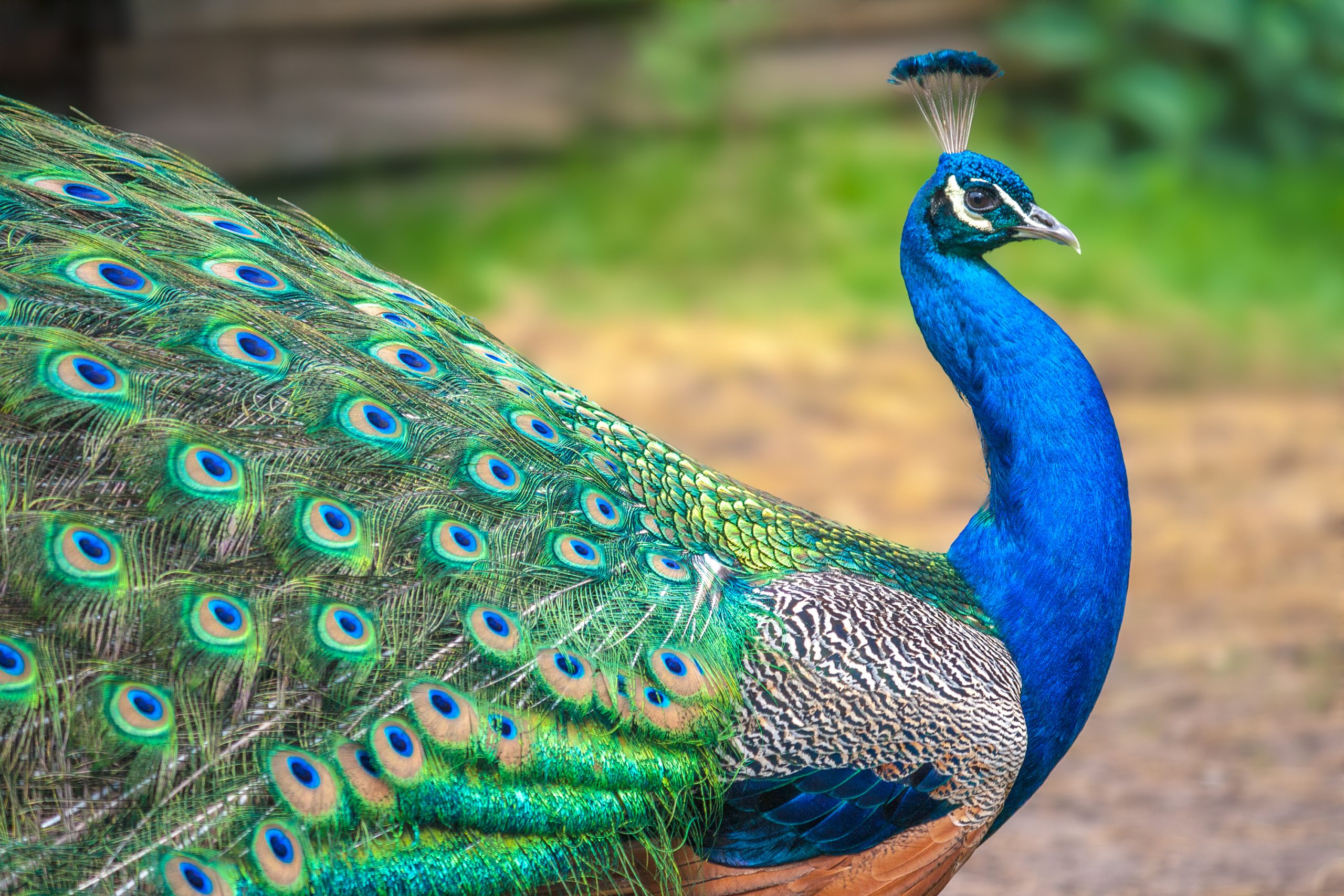They say that one of the most beautiful birds in the world is a peacock and that’s why we have peacock mythology. Not only does it open itself up to display a world of beauty, but in the ancient Greek world, this animal was revered and well respected. The gods had plenty to say about it.
The peacock has a very long history in India and it was originally brought to Ancient Babylon by the early Indian traders. They took the plumage of the male peacock with shimmering blues and greens to be extremely fascinating and its raucous cries almost seemed to be a variance to its beauty.
In this review, we take a look at how the peacock was accepted by the Greek gods, and the things it made them do. In Ancient Greece, the gods made most of the decisions, and one of them was to make the peacock a part of their lives.

Table of Contents
How Did They Learn Of The Peacock
Aristotle called it a Persian bird. They immediately included it in their pantheon of deities. During the Hellenistic period, the peacocks would pull a chariot of their goddess Hera. Hera was considered to be a goddess of the stars and the skies.
According to a famous myth, Zeus became interested in a woman named Lo. Hera’s hundred-eyed servant Argus guarded Lo. However, Zeus had Argus killed so he could free Lo. According to the myth, Hera rewarded her watchman by turning his hundred eyes into the images on the tail of the peacock.
Actually, according to the myth, these eye-like images were similar to the tail of the peacock and at times they were rather like what they called the evil eye in Greek, Egyptian and Roman mythology. This eye could see everything.
The Romans
The Romans particularly loved the peacock and not just because of its splendid tail. They particularly enjoyed the meat and tongue of the bird. It was actually a favorite delicacy on the tables of the wealthiest people.
This interest actually lasted into the middle ages, where the bird was often skinned and roasted before its skin and feathers were removed. These would remain intact and then reattached in order to serve in its glory.
The Romans also used the peacock to decorate their frescos and mosaics.
The Symbol of the Peacock
The peacock was also a symbol for immortality as the ancients believe its flesh did not decay even after death. The great Greek philosopher and mathematician, Pythagoras, wrote that the soul of the homer moved to the peacock and this contributed to his popularity.
Additionally, the bird was known to replace its feathers each year, and this was a symbol of renewed strength and resurrection which the early Christians were amazed with. In fact in the toms of the early Christians, you shall find paintings of the peacock.
In the original home of the peacock – which is India, it symbolized power and royalty to them. This is one of the most important symbols of what they called the Peacock Throne. It was built in the early 17th century, for Shah Jahan.
This name was taken from two peacocks who were covered in jewels and gold and they were part of the throne. But, it was unfortunate that this original throne was stolen and taken to Persia, and it was never seen again.
Other cultures actually believe that keeping the feathers indoors can be bad luck, and the daughters of the house will never be married. So feathers must sit outside.

Conclusion
It’s hard to imagine all of this was happening in Ancient Greece, but in today’s world, you are not likely to find anyone eating the peacock. It is considered a beautiful bird and magical to some.
